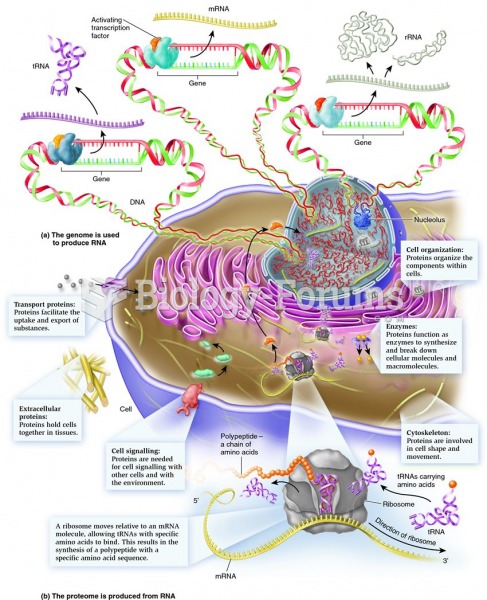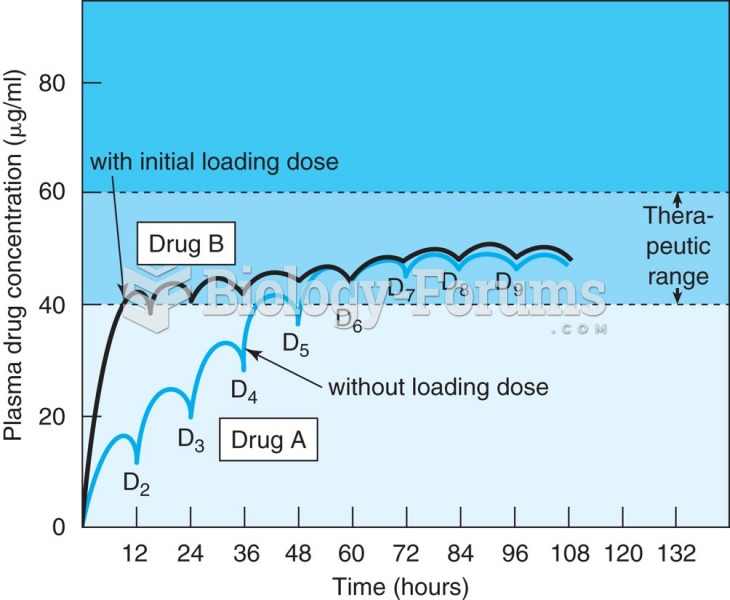Answer to Question 1
Consistent athletic training allows several physiologic adaptations that are beneficial to your health to occur within the body. Once an individual begins to exercise, the phenomenon called overload happens, and the muscles hypertrophy, growing in size and strength. If the person chooses an endurance activity, then their mitochondria will proliferate and increase in size, improving ATP production and aerobic metabolism. Oxygen-related physiologic adaptations of exercise that are beneficial to the athlete and nonathlete are an expansion of blood vessels that allows efficient oxygen delivery and increased muscle tolerance for lactate that allows them to exercise longer before fatigue sets in. In addition, a few other physiologic adaptations include: 1) increased ability of the muscles to metabolize fatty acids for energy; 2) conservation of cellular glucose; 3) increased maximal oxygen consumption (VO2 max); and 4) lowered resting heart rates.
Answer to Question 2
Eventually Rose succeeded with exercise, yet initially she took positive first steps. Rose chose to consume healthier foods, designated time for regular and consistent exercise, and was finally asked by friends to begin running in the mornings. In other words, Rose reached her goals with positive, small steps.
Time to study, to eat, to sleep, to socialize, and to attend lectures is part of a schedule that a college student creates and has some control over. If you are trying to convince a friend to make time to exercise, then several important issues have to be addressed. First, ask the friend if there is any physical reason they cant exercise and possibly suggest they may need to have a physical exam by a physician. While discussing the physical nature of exercise, remind them that physical activity improves mental and emotional health. Secondly, ask your friend to go over his or her weekly schedule with you and help him or her to find 3 to 5 days to exercise for 30 minutes (they can increase the duration later once the benefits of exercise encourage them). By prioritizing exercise, your friend will be more likely to follow a regular and consistent exercise schedule and enjoy higher energy levels. Thirdly, discuss with your friend what actually motivates him or her to exercise: this could be weight management, other friends, or a myriad of other reasons. Often an individual has not thought of a clear motivation and this step is critical. It is important that your friend has a clear sense of motivation from the beginning so that her/his exercise goals will be reached successfully. Fourth, share with your friend the many different forms of exercise available and the fact that really it is most important that he or she just moves for 30 minutes or more (recommendations are for 30-90 minutes daily). The exercise should be enjoyable so it will become a life habit. Your friend might like dancing, swimming, horse-back riding, skiing, running, or any other form of movement that they enjoy and would be likely to do. You need to emphasize that exercise does not have to be the same type of activity each time. If your friend likes to keep lists, help him or her to create a calendar to record their progress with the newly developed exercise program. Finally, go exercise with your friendit is more fun to share physical activity Keep reassuring your friend as she or he experiences the benefits of exercise, such as increased energy levels. Celebrate landmark achievements of exercise: 1 week, 1 month, 2 months, 1 year






